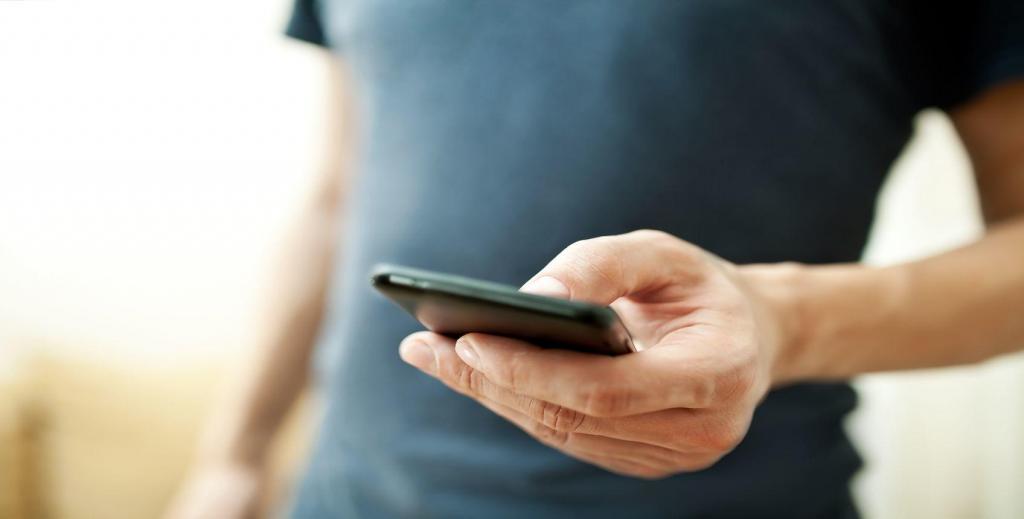It’s strange to think that it’s just over a decade since LG released the first mobile phone with a large capacitive touchscreen. Since then the smartphone has revolutionized the way people access information, communicate with each other and interact with other devices around them.
The motor vehicle has not been left out of this revolution, with the smartphone making significant changes to the driving experience.
Here are some of the most noticeable changes the smartphone has made to the driving experience.
Get fairer car insurance. Based on how you drive
1. Cheap and accurate navigation
A decade ago the sight of cars with navigation devices clipped to their windscreens with suction cups was a common sight. GPS device manufacturers like TomTom and Garmin dominated the car navigation market with their units, most of which had no internet connection and had to be manually updated by connecting them to a computer.
The smartphone rapidly pushed these devices and companies to the sidelines by offering smartphone owners full navigation functionality and access to the latest maps for free. The primary competition in this market is now between navigation app developers working tirelessly to not only get users to their destination, but also avoid traffic and road hazards along the way.
Not so long ago, playing music in a car could be an annoying and messy experience. Most vehicles were equipped with compact disc or tape players which required drivers to lug around hard copies of their music. At the time the cutting edge of technology allowed for the placement of CD shuffling devices in the vehicle’s boot, which enabled drivers to access larger music collections while driving.
This technology was quickly made redundant by the simultaneous evolution of digital music formats, portable data storage devices and the smartphone. While USB slots on music systems took over from CDs and tape cassettes, these were soon outpaced by smartphone technology which allows users to access their music libraries via their phones, and stream these to the car’s music system.
3. More distracted drivers
Driver distraction has always been a problem behaviour on roads, but smartphone technology took this to the next level. According to the Sydney Morning Herald a third of Australians use their phones while driving. This massively increases their risk of involvement in an accident due to the combination of inattention and the impact of smartphone use on driver reaction time.
And distracted drivers texting their friends and family while their eyes should be on the road are only half of the story. An increasing number of pedestrians are roaming around congested city streets with their eyes firmly locked on their phones. This has created a new hazard for drivers, who have to be wary of distracted pedestrians stepping into their path.
4. Photographic accident records
Before the smartphone came along, establishing what happened at an accident scene or road rage incident could be tricky. It was generally left to insurance and police investigators, and sometimes courts, to determine what had happened in road incidents where conflicting versions of events were presented by those involved.
This changed as soon as the average driver started carrying around the camera attached to their smartphone. Today it is quick and easy to take snaps of a motor vehicle accident, and even record questionable behaviour at an accident scene. These images can then be presented as evidence where any details of the accident are in dispute.
5. Driver behaviour measurement and reporting
Smartphones can do more than tell where you are at any given moment and feed this information to a navigation app. A smartphone can also be used to track your vehicle’s acceleration and speed and use this data to measure cornering and braking forces. Speed data can also be compared to maps to tell when you are speeding.
This has numerous applications. It can provide drivers with detailed feedback on how skilled they are as drivers and allow third parties to track the driver’s location and behaviour without having to install an expensive tracking unit. Insurance companies can also use this data to accurately assess how well an individual drives and offer them insurance premiums that accurately reflect their risk.
6. Ride-hailing
Smartphones have allowed us to take the first step away from personal ownership of vehicles and towards a world where cars are a service. In the past getting around in a car without owning one meant hailing or booking taxis. This tended to be inefficient and expensive, with long waits for taxi cabs and no easy way of providing feedback on a ride or on driver quality.
This changed with the introduction of ride-hailing apps like Uber, which allow users to secure rides from nearby vehicles. This reduced the cost of each trip for the driver, with this saving extended to the rider. The result is that it’s cheaper and easier than ever to get around without a car and to assist driving services to maintain the quality of their service by rating each ride.
Download UbiCar
UbiCar is a smartphone telematics app that scores and provides feedback on your driving – and rewards smart driving with fairer priced insurance.


